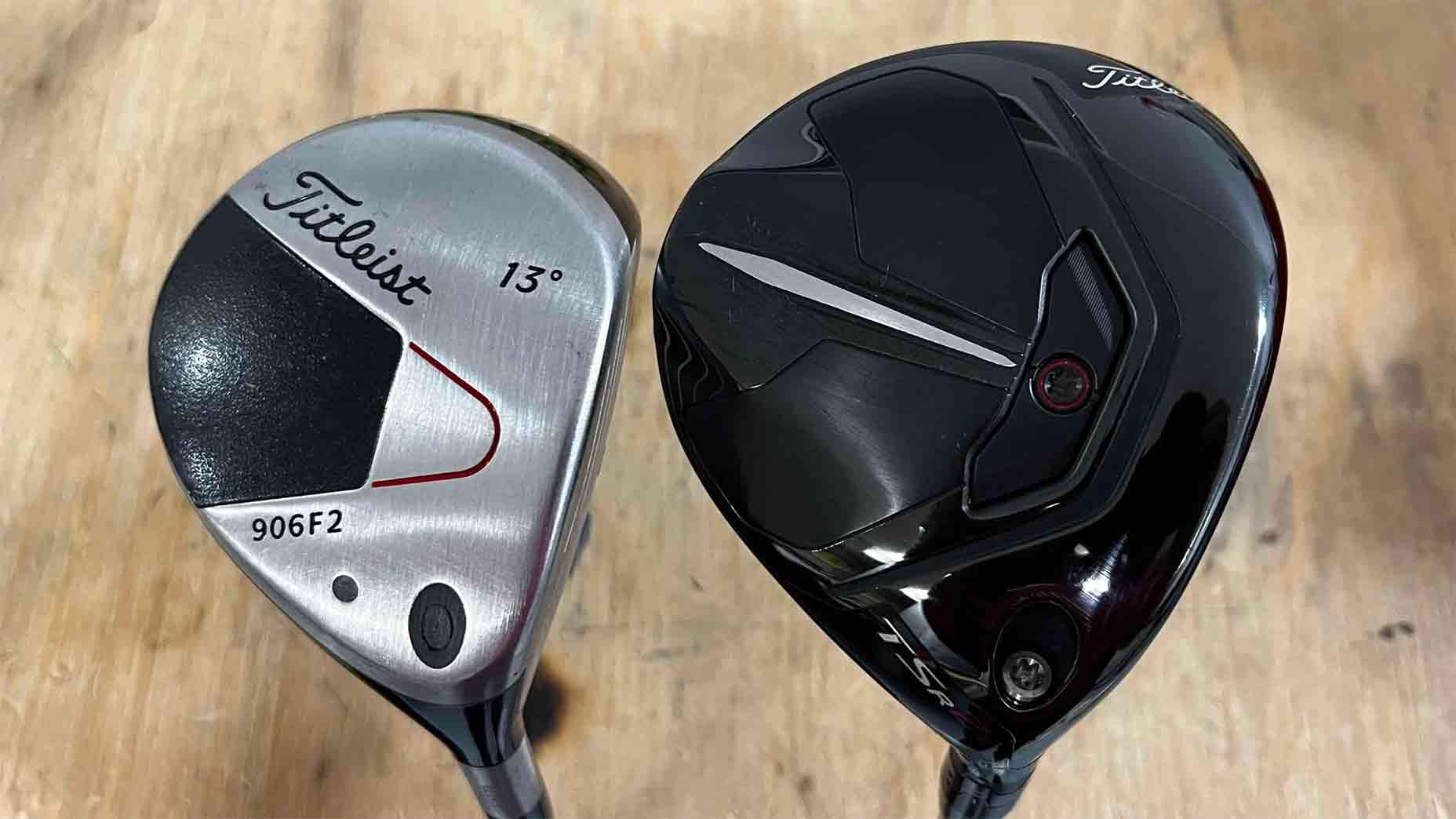How are new clubs better than old ones? is one of the most popular questions I get asked as someone that covers golf equipment. When I worked as a club fitter I would get asked similar questions about how players could see such large gains in distance and accuracy when upgrading to new clubs.
Fitting certainly plays a part, but the truth lies in the science and physics of club design — not some magic fairy dust equipment companies pull out of thin air. Although it might seem like a complicated thing to understand, we can break it down into a couple easy-to-understand parts. Let’s dive in.
Materials and treatments
Just like with food, better ingredients make for a better end product and golf clubs are no exception. As materials engineering continues to push forward at an astounding pace and works its way down from the highest-profile industries, golf is a big benefactor.
What I mean by that is although golf is big business, it’s a blip on the radar of global commerce and materials technology compared to something like the auto or aerospace industry, where hundreds of millions of dollars are spent each year to develop the next “big thing”.
A perfect example of this is ATI425, which is an aerospace-grade titanium manufactured in the USA from a single source that Titleist uses in their TSR drivers. The material was originally put into full production for use in the aerospace, defense, industrial, and medical industries back in 2004, but eventually made its way into the retail golf space 12 years later in 2016 when Titleist released the original concept series driver which featured an ultra-thin ATI crown. (Let’s also remember for a moment that the C16 driver retailed for over $1000 at the time.)
As time passed, and with it the ability to better understand how the material could be applied to various parts of a golf club, it became a full-time part of the retail TRSi driver line with the ATI425 face.
Don’t think Titleist is unique in this discovery process though, as other companies like Callaway partnered with Lamborghini when they introduced forged composites in 2008 to launch the Diablo Octane in 2011 using the material in the crown. The material is being used again in the newest Great Big Bertha driver too.
At this point I feel like you’re ready to ask the next question — sure, these materials are cool, but how do they lead to a performance gain when I actually hit the ball?
Lighter materials save weight from around a club head that has a generally rigid target goal for final mass, give or take a gram or two. The more mass saved from stronger and lighter materials in places where mass isn’t needed allows engineers to place the saved discretionary mass for places where it can make the head more stable, which leads to the second part of what makes new clubs better.
Refining the misses
A modern golf ball paired with a solid-centered strike will produce pretty nice results with almost any club from the last decade or two because a golf ball is an inanimate object that doesn’t know what’s hitting it — it simply reacts. The key factor though in producing good results is a solid strike. The older a club gets, the smaller the margin of error is, and this is where newer clubs are exponentially better.
Shots missed farther away from the center of the face are seeing better results than ever before and that is how golfers see improvements in fittings and on the course, with the biggest changes coming in the form of ball speed and spin variance.
Let’s test it
To put this to the test I compared two popular fairway woods from the mid-2000s (Titleist 906F2, Sonartec SS-02) to the current Titleist TSR2+ and the results even took me by surprise.
Note – Rather than use an average where the newest club would show an even bigger advantage compared to the older models based on standard deviation, these three featured shots are the best of the best from my testing session.
With the TRS2+ I saw 2 extra MPH in ball speed — a nice advancement on its own, likely thanks to a thinner and larger face compared to the others — but I also saw close to 1000 RPM less backspin compared to a Titleist 906F2 and my Sonartec SS-02 fairway wood. The spin is brought down thanks to a lighter crown (materials) resulting in a lower center of gravity to produce lower spin (mass properties).
The most interesting thing to notice is that even when the launch went up with the TSR2+, the spin was still lower than the older models, and this ability to create greater separation between launch and spin (spin staying lower while launch goes up) is a big driver of distance and consistency. This truly is exhibit A on why if you’re using older clubs but are looking for maximum performance, it might be time to upgrade.
Want to overhaul your bag for 2023? Find a fitting location near you at GOLF’s affiliate company True Spec Golf. For more on the latest gear news and information, check out Fully Equipped podcast below.
